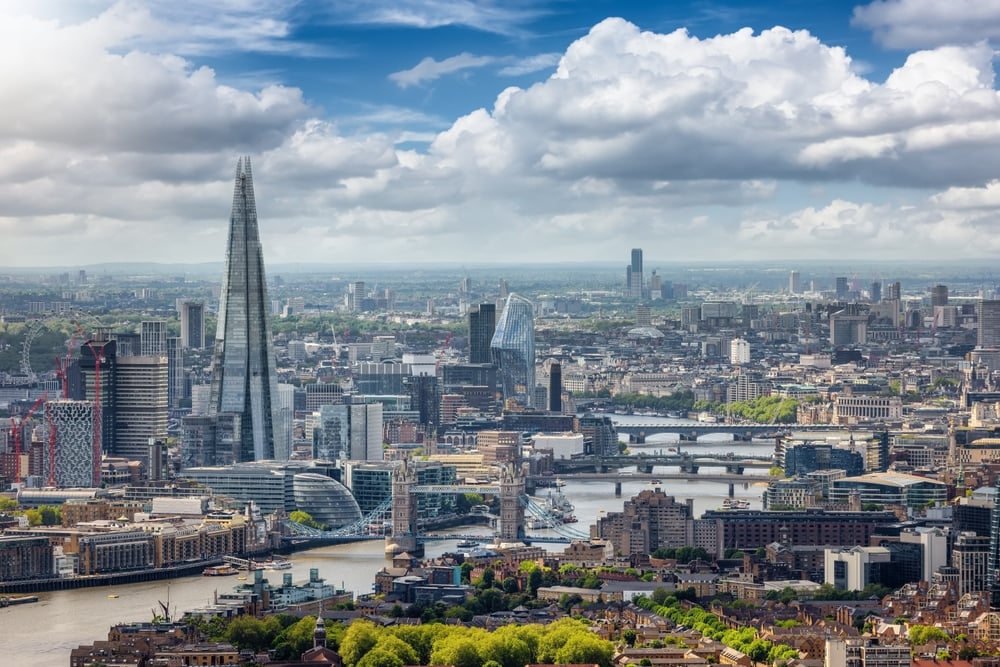You could spend your entire London trip fighting crowds at the city’s most famous landmarks, but for a different adventure, you don’t have to. Beyond the usual tourist trail lies a London full of unique charm and unforgettable experiences! If you’re looking for a deeper connection with the city than what’s on a souvenir keychain or T-shirt, this guide is for you. I’ve curated a list of incredible attractions—from tranquil gardens to fascinating historic sites—that promise to enrich your visit while offering a welcome escape from the crowds.
St. Paul’s Cathedral
Unlike the cluster of sights around Westminster Abbey and Big Ben, St. Paul’s Cathedral stands proudly on Ludgate Hill in the City of London, offering a unique opportunity to explore a different historical and architectural side of the city away from the central tourist hub. Nevertheless, it remains a major historical landmark in London that is well worth seeing. The site of St. Paul’s Cathedral has been a place of Christian worship for over 1,400 years. The current building, a prime example of English Baroque architecture, was constructed between 1675 and 1710.
St. Paul’s Cathedral was also the site of Sir Winston Churchill’s funeral, the Diamond Jubilee of Queen Victoria, and is where Lady Diana Spencer and Prince Charles married in 1981. The cathedral’s crypt is also the largest in Europe. I also mention St. Paul’s Cathedral in my 5-day London itinerary as an excellent alternative option to visit!
If you have the energy, you can climb the 528 steps to the top of the dome to see stunning panoramic views of London! Visitors often cite the incredible views from the top as one of the best in London, a fantastic reward for the climb. In order to go inside the cathedral, visit the dome, and/or visit the crypt, tickets are required. To learn more and purchase tickets, visit the official website here.
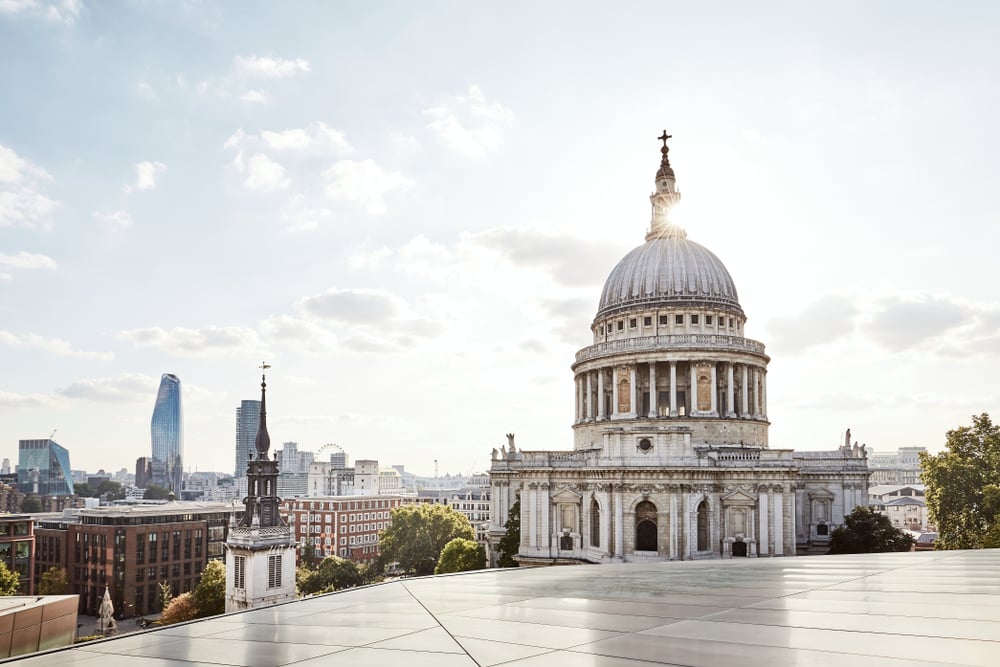
Victoria and Albert Museum
The Victoria and Albert Museum, often referred to as the V&A South Kensington, is the world’s largest museum of applied arts, decorative arts, and design. The museum features art and design across 5,000 years from five continents! The V&A, with its immense galleries dedicated to art and design, can feel like a welcome respite from the constant crowds of some of London’s other world-famous museums.
Its permanent collection is huge, showcasing over 2.8 million objects that span 5,000 years of human creativity. Popular galleries include the Fashion Gallery, a collection of clothing and textiles from the 17th century to the present day, and the Jewelry Gallery, a display of jewelry from around the world that spans centuries. The V&A’s main building is an exquisite example of Victorian architecture, with its intricate brickwork and sculptures. Tickets are not necessary, and visiting the museum is free!
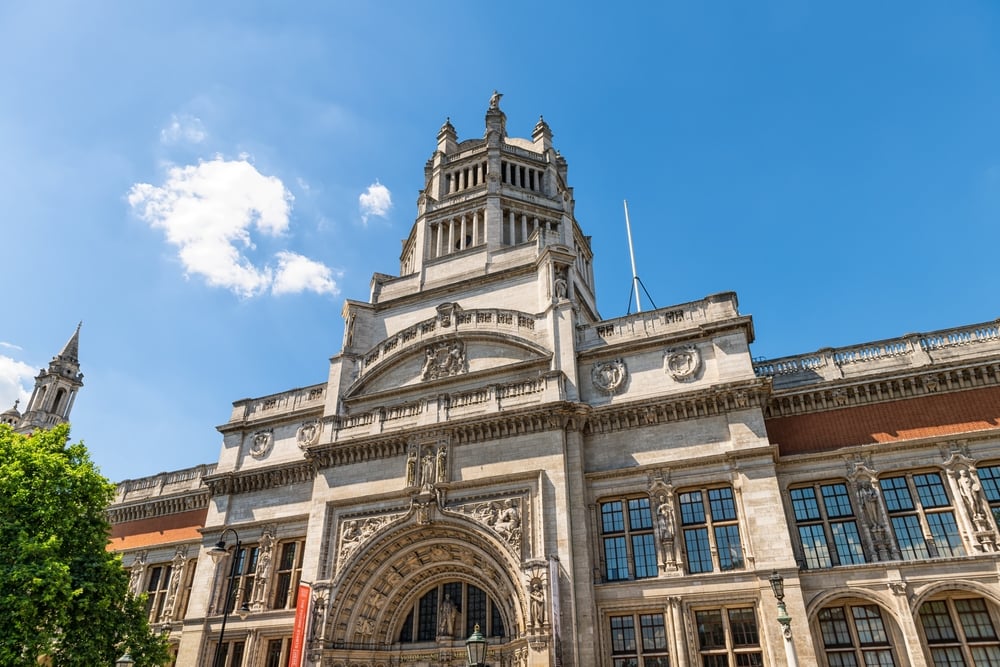
Canary Wharf and Isle of Dogs
The Isle of Dogs is a large peninsula in East London, of which Canary Wharf is a key part. Canary Wharf is a key financial area of London (the other being the City of London), part of London’s central business district. Because of its location in East London, Canary Wharf is often overlooked by visitors, as it is far from the major attractions in the West End.
Canary Wharf is one of the main financial centres in the United Kingdom and the world, containing many major global companies’ headquarters. Its skyline is defined by modern, glass and steel skyscrapers, the most famous of which is One Canada Square, with its distinctive pyramid-shaped roof. It was the tallest building in the UK for two decades. Additionally, Canary Wharf has an extensive network of interconnected underground shopping malls with hundreds of shops, restaurants, and bars. There are also numerous public spaces, including landscaped parks and gardens.
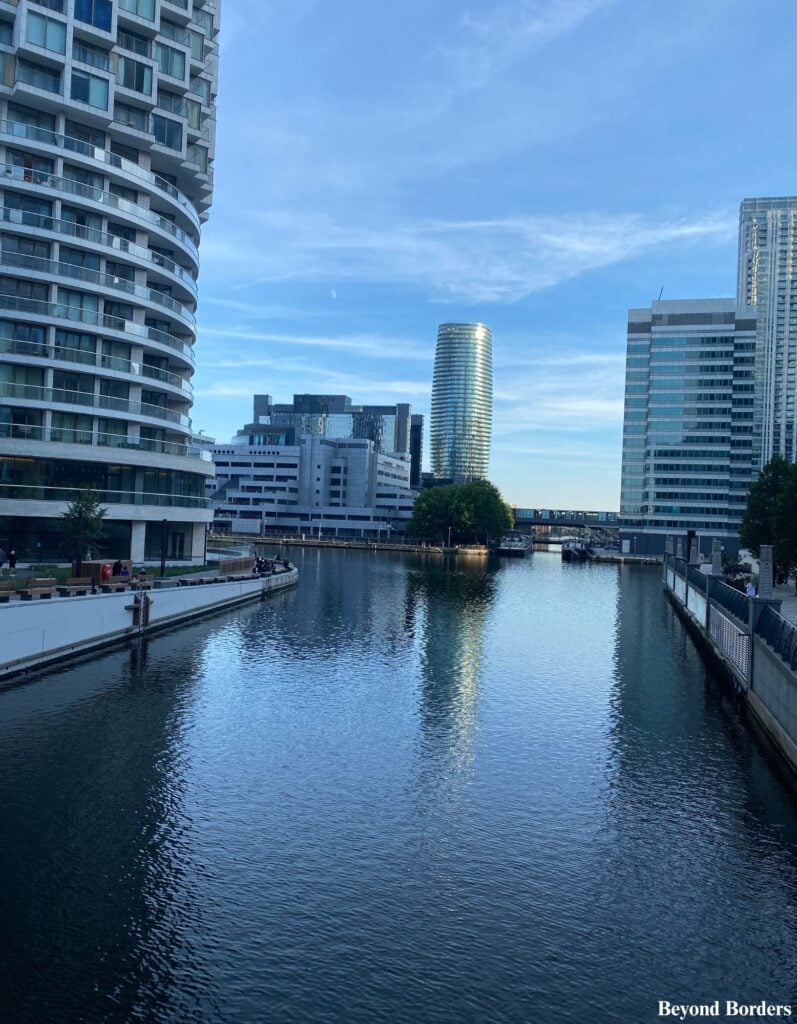
London Zoo
While the London Zoo might not be on every tourist’s checklist, it offers a refreshing alternative to the city’s crowded museums and historic sites. Here, you can escape the urban bustle and immerse yourself in a world of wildlife.
This zoo has over 670 species of animals and is the world’s oldest scientific zoo, opening in 1828. The London Zoo’s mission is centered on global conservation. It is managed by the Zoological Society of London (ZSL), a conservation charity that works to protect wildlife in over 70 countries. When you visit the zoo, your ticket and donations directly support this vital work. The zoo is actively involved in breeding programs for endangered species.
Moreover, the London Zoo’s grounds are a collection of historically significant buildings. It features several legally protected buildings of historical or architectural importance, showcasing a range of architectural styles. Some examples include the Mappin Terraces, which were designed to mimic a mountain landscape, and the iconic modernist Penguin Pool and Round House for gorillas, which were revolutionary in their time.
Tickets are free for the permanent collections, and you don’t need to book a ticket. However, you need to pay to see temporary, special exhibitions.
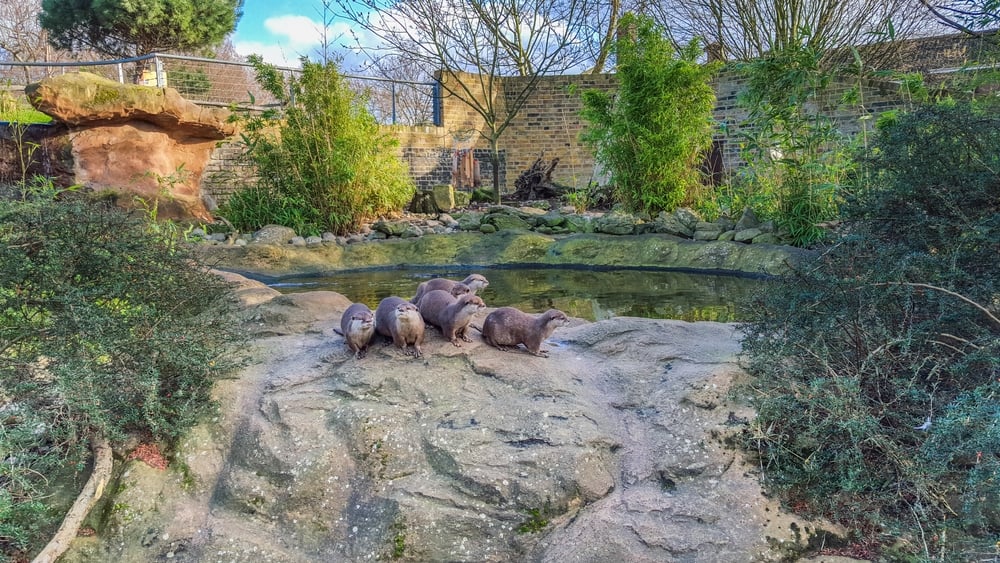
Churchill War Rooms
For history enthusiasts looking to escape the busiest tourist hotspots, the Churchill War Rooms are an excellent choice. Though it is a highly-rated museum, its visitor numbers are significantly lower than attractions like the Tower of London, allowing for a more intimate and personal journey through a key moment in British wartime history.
The Churchill War Rooms are a historically significant museum located deep beneath the streets of Whitehall. The War Rooms are the actual underground bunker and command center from which Winston Churchill and his War Cabinet directed the British war effort during the Second World War. The complex was constructed in 1938, in the basement of a government building, to provide a secure and bomb-proof location for Britain’s key leaders to work and meet during air raids.
The War Rooms have been preserved exactly as they were on the day the lights were switched off in August 1945. This creates an incredible sense of stepping back in time. You can walk through the narrow corridors and peer into the original rooms, seeing the maps, furniture, and equipment that were used during the war. This is a must-see attraction for any history lover!
You might also pass by the Old War Office (OWO) Building, also on Whitehall. This building was the headquarters for the British Army and the operational center for military leadership and strategy during Churchill’s time as Prime Minister during WWII. The building’s grand architecture stands as a longstanding symbol of the UK’s military and government history.
Ultimately, the Churchill War Rooms allow visitors to see where extraordinary decisions were made that ultimately changed the course of world history. Tickets cost £33 per adult, £16.50 for children aged 5-15, and are free for children under 5. Purchase tickets here.

Leadenhall Market
Though popular with locals, Leadenhall Market is often overlooked by the majority of London’s visitors, primarily because it is located in the City of London (London’s main financial district), which is not a primary tourist hub like the West End or South Bank. However, the market’s fame has increased significantly due to its use as a filming location for the Harry Potter series. It was used to represent the area of London leading to the Leaky Cauldron and Diagon Alley in the series. This has made it a key stop for Potterheads! The market itself is also a stunning example of Victorian architecture, with its ornate wrought-iron and glass roof, cobbled floors, and intricate details.
Unlike Camden or Borough Market, Leadenhall is not an open-air street market with independent stalls selling crafts and produce every day. However, it does have a mix of high-end shops, pubs, and restaurants that primarily cater to workers during the week, so if you want to visit, make sure to go during the week.
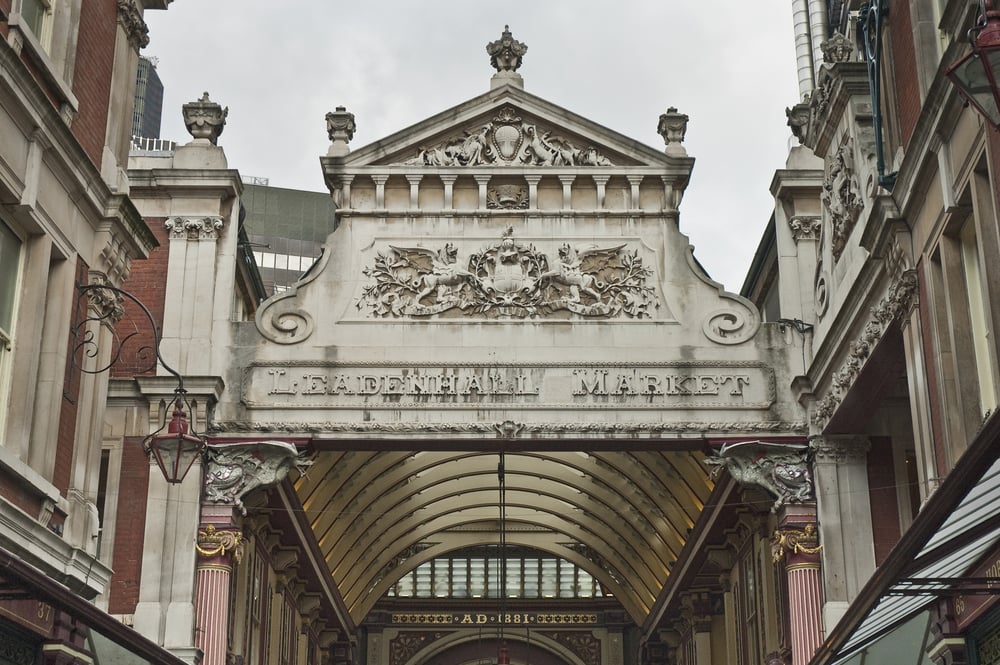
St. James’s Palace
St. James’s Palace is a historically rich royal palace in London, but it is often overshadowed by its more famous neighbor, Buckingham Palace. It holds a unique position in British royal history and continues to serve important ceremonial and administrative functions today.
The palace was built by King Henry VIII between 1531 and 1536, and is a prime example of Tudor architecture, built primarily of red brick. Much of the original building still survives, including the gatehouse, some turrets, and the Chapel Royal. The Chapel Royal (located within the palace) is an original, surviving structure from the Tudor era (1485-1603) and has been the location for numerous royal weddings and baptisms, including the wedding of Queen Victoria and Prince Albert.
The palace was the primary royal residence of the monarch, but this ended in 1837 when Queen Victoria decided to move into the newly renovated Buckingham Palace. However, it still serves as a London residence for several members of the Royal Family, including Princess Anne, Princess Beatrice, and Princess Alexandra.
Tickets can be purchased on the official website here. Guided tours cost £85 per person, are available on select dates in April and May, and are 1.5 hours long.
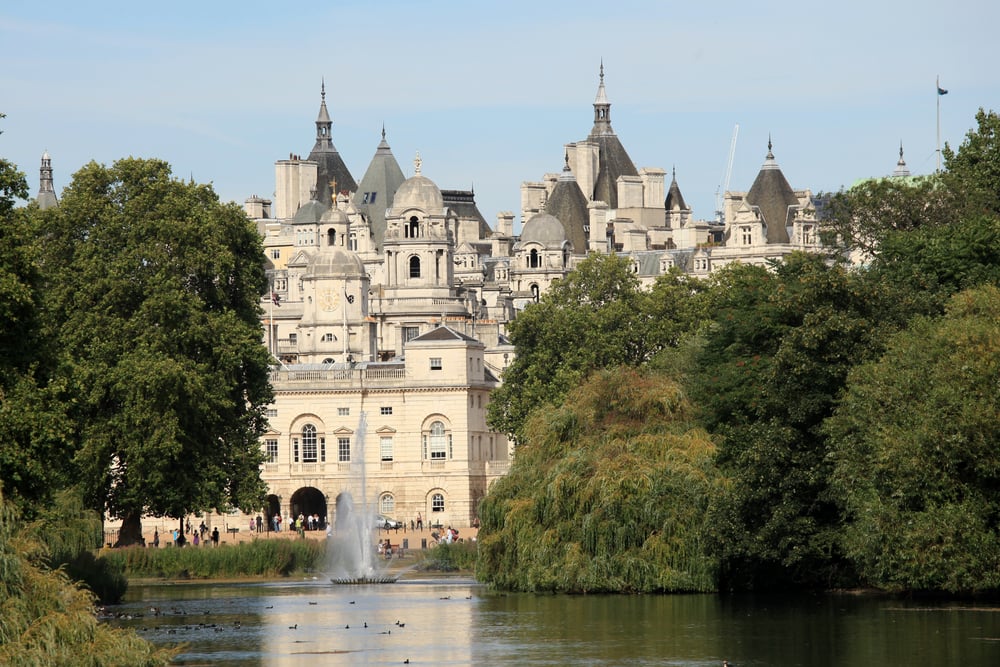
Royal Botanic Gardens, Kew
While popular with locals, Kew Gardens is often overlooked by tourists who are focused more on visiting central London attractions. The Royal Botanic Gardens were founded in 1759 and house the largest and most diverse collection of living plants in the world, are a UNESCO World Heritage Site, and are a major center for scientific research. The Royal Botanic Gardens cover 300 acres and feature a diverse range of landscapes and historically significant buildings.
Popular attractions at the Royal Botanic Gardens include:
The Palm House, a Victorian glasshouse built in the mid-19th century, is a magnificent example of wrought-iron architecture and houses a lush tropical rainforest environment.
The Temperate House: This is the largest surviving Victorian glasshouse in the world, dedicated to conserving rare and threatened temperate plants from around the globe.
The Great Pagoda: A 10-story tower built in 1762 in the chinoiserie style (meaning “Chinese” or “after the Chinese taste” in French), that offers panoramic views of the gardens and London.
Kew Palace: Known as the “smallest royal palace,” this 17th-century building was a royal residence and offers a glimpse into the lives of King George III and Queen Charlotte.
Tickets cost £22 per adult online during peak season (February 1 to October 31) and cost less online than at the gate. Purchase tickets on the official website here.
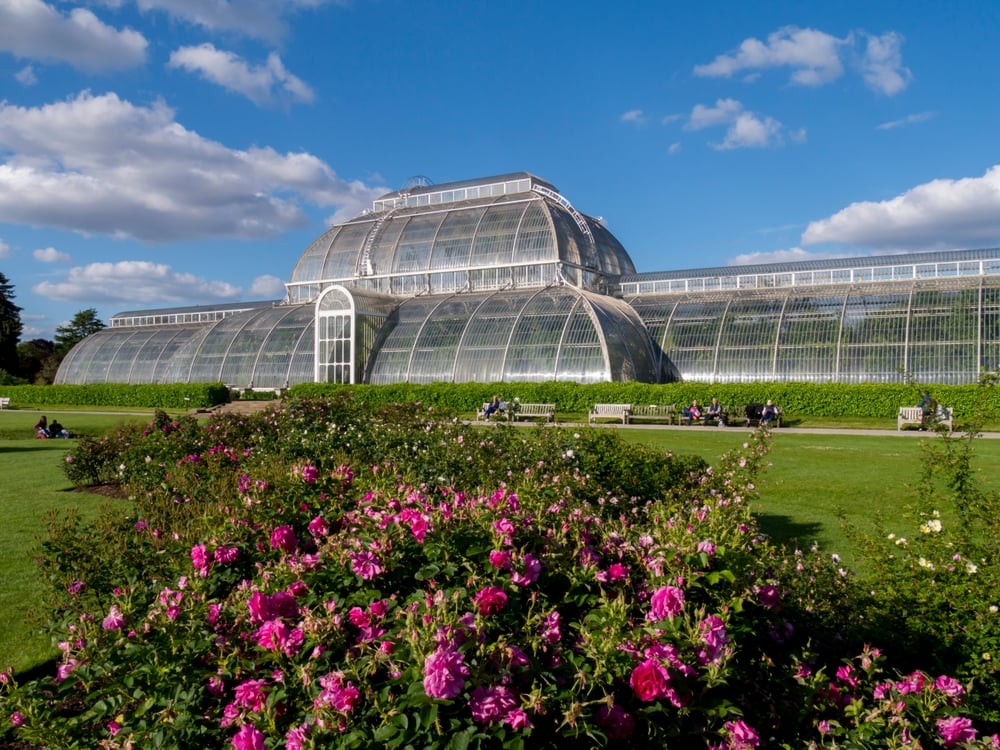
Conclusions
By seeking out these less crowded attractions, such as the bustling Canary Wharf and the historically significant Churchill War Rooms, you can forge a deeper and more personal connection with London’s rich history and vibrant culture. You’ll find that whether your interests lie in cutting-edge art, breathtaking architecture, or profound history, the true charm of London extends far beyond the tourist path. So on your next trip, dare to wander a little further—you’ll be glad you did!

